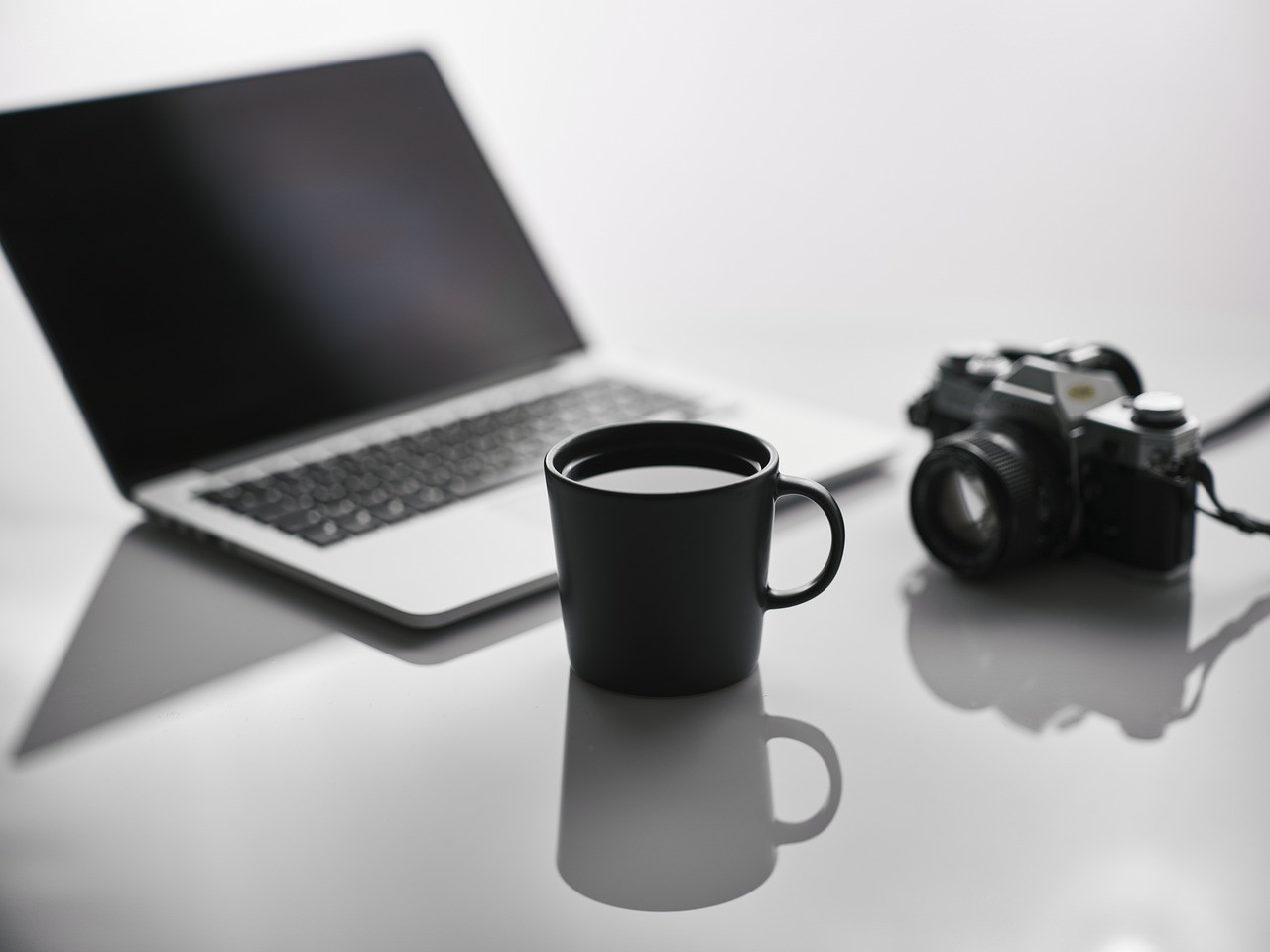Building a strong brand as a real estate agent is crucial in today’s competitive market. In 2024, it’s more important than ever to stand out and create a lasting impression on potential clients. A well-crafted real estate brand can help you attract more leads, build trust, and establish yourself as an authority in your local market.

We know that creating a personal brand can seem overwhelming, but it doesn’t have to be. By focusing on key elements like your unique value proposition, online presence, and consistent messaging, you can develop a brand that resonates with your target audience. Whether you’re just starting out or looking to refresh your existing brand, there are strategies you can use to make a big impact.
In this article, we’ll explore practical tips and techniques to help you build a strong real estate brand in 2024. From defining your brand identity to leveraging digital marketing tools, we’ll cover everything you need to know to set yourself apart in the real estate industry.
Key Takeaways
- A strong real estate brand helps agents stand out and attract more clients
- Consistent messaging and a solid online presence are key to building trust
- Regularly adapting your brand to market trends keeps you relevant and competitive
Understanding Personal Branding in Real Estate
Personal branding is key for real estate agents to stand out in a crowded market. It helps build trust and recognition with potential clients.
The Importance of Personal Branding
Personal branding is vital in real estate. It sets us apart from other agents and brokerages. A strong brand helps us connect with clients on a deeper level.
Personal branding builds trust and loyalty. Clients are more likely to work with agents they know and like. Our brand should reflect our values and strengths.
A clear brand message makes marketing easier. It guides our content and helps us attract ideal clients. We can use our brand to showcase our expertise and local knowledge.
Personal branding also boosts our online presence. It helps us stand out on social media and in search results.
Brand Identity vs. Personal Brand
Brand identity and personal brand are related but different. Brand identity includes visual elements like logos and colors. Personal brand is about who we are as agents.
Our personal brand covers our:
- Values
- Personality
- Expertise
- Unique selling points
Brand identity often aligns with our brokerage. But our personal brand is all our own. It’s what makes us unique in the real estate industry.
We can express our personal brand through our:
- Communication style
- Client service approach
- Marketing materials
- Social media presence
A strong personal brand complements our brokerage’s identity. It adds depth to our professional image and helps us connect with clients.
Defining Your Brand Identity
Your brand identity as a real estate agent is crucial for standing out in a competitive market. It reflects your unique qualities and values, shaping how clients perceive you.
Discovering Who You Are as an Agent
We start by looking inward. What drives you in real estate? Are you passionate about helping first-time buyers or luxury properties? Maybe you excel at negotiating or have deep local knowledge. List your strengths, values, and what sets you apart.
Your background matters too. Did you switch careers? This could be a selling point. Your past experiences shape your approach to real estate.
Think about your ideal clients. Who do you connect with best? This helps focus your brand message.
Crafting a cohesive image that resonates with clients is key. Your brand should reflect your authentic self. This builds trust and attracts the right clients.
Developing a Unique Brand Voice and Tone
Your brand voice is how you communicate. It should match your personality and appeal to your target clients. Are you formal or casual? Serious or humorous?
Consistency is crucial. Use the same tone across all platforms – website, social media, and in-person meetings. This builds recognition and trust.
Consider your market. A high-end luxury agent might use a more sophisticated tone. A family-focused agent could be warmer and more approachable.
Your written brand extends to all communications. This includes emails, property descriptions, and social media posts. Keep your voice consistent to strengthen your brand identity.
Crafting Your Unique Value Proposition
Your unique value proposition (UVP) is why clients should choose you over other agents. It’s the core of your brand identity.
Start by listing what makes you unique. Do you offer virtual tours? Have a background in home staging? These could be part of your UVP.
Focus on a niche to stand out. You might specialize in eco-friendly homes or historic properties. This expertise becomes part of your brand.
Your UVP should be clear and concise. It should quickly tell potential clients what you offer and why it matters to them.
Test your UVP with colleagues or past clients. Get feedback and refine it. A strong UVP becomes the foundation of your marketing efforts.
Building a Strong Online Presence
A strong online presence is key for real estate agents in 2024. We’ll explore how to use social media, create a professional website, and boost visibility through SEO.
Leveraging Social Media for Brand Growth
Social media is a powerful tool for real estate agents. We recommend focusing on platforms like Facebook, Instagram, and LinkedIn. Post high-quality photos and videos of your listings regularly. Share market updates and local community news to engage your audience.
Create a content calendar to stay consistent. Mix up your posts with property showcases, client testimonials, and helpful tips for buyers and sellers. Use hashtags to increase your reach. Try location-based tags and industry-specific ones like #realestate or #homeforsale.
Engage with your followers by responding to comments and messages promptly. This builds trust and shows you’re attentive. Consider running targeted ads to reach potential clients in your area.
Creating a Professional Real Estate Website
Your website is often a client’s first impression of you. Make it count. At Phixer, we offer a free website builder specifically designed for real estate agents. Choose a clean, modern design that’s easy to navigate and personalize with high-quality photos and virtual tours of your listings.
Add an “About Me” page to showcase your experience and personality. Include client testimonials to build credibility. Create a blog section where you can share market insights and home buying tips.
Make sure your site is mobile-friendly. Many people browse homes on their phones. Include clear calls-to-action like “Schedule a Viewing” or “Get a Home Valuation” to encourage engagement.
Use a contact form and display your phone number prominently. Make it easy for potential clients to reach you.
Implementing SEO Strategies for Visibility
SEO helps your website show up in search results. Start by researching keywords related to your area and services. Use these naturally in your website content and blog posts.
Create location-specific pages for each neighborhood you serve. This helps you rank for local searches. Use descriptive, keyword-rich titles for your listings and blog posts.
Build backlinks by getting listed in local business directories. Guest post on real estate blogs to increase your authority. Encourage satisfied clients to leave reviews on Google My Business.
Optimize your images with descriptive alt text. This helps search engines understand your content. Regularly update your website with fresh content to keep it relevant in search rankings.
Engaging with Your Target Audience
Connecting with potential clients is key to building a strong real estate brand. We’ll explore how to understand your audience and create content they’ll find valuable.
Understanding Client Demographics and Preferences
We need to know who our clients are and what they want. Age, income, and lifestyle all play a role in shaping preferences. Young families may look for homes near good schools. Retirees might want single-story houses or condos.
We can gather this info through surveys, market research, and talking to past clients. Look at local census data too. It gives insights into area demographics.
Pay attention to trends. Are more people working from home? This could mean increased demand for home offices.
Remember, preferences can change. Stay up-to-date by regularly checking in with clients and watching market shifts.
Developing Relevant Content Strategies
Once we know our audience, we can create content they’ll find useful. This helps build our brand and show we understand their needs.
Blog posts about local events or market trends can attract readers. Short videos showing home tours or answering common questions work well too.
We should tailor our message to different groups. First-time buyers might want tips on mortgages. Luxury clients may prefer info on high-end amenities.
Use social media to share our content and interact with followers. Respond to comments and messages promptly.
Consider creating a newsletter with local real estate updates. It keeps us in touch with past clients and reaches new ones.
Establishing Authority and Credibility
Building trust and showcasing expertise are key to success as a real estate agent. We’ll explore effective ways to share knowledge, showcase satisfied clients, and gather positive feedback to boost your professional reputation.
Sharing Expertise through Blog Posts
Creating valuable content is a great way to show off our industry knowledge. We can start a blog on our website or use platforms like Medium to share insights. Topics might include local market trends, home buying tips, or investment strategies.
It’s important to post regularly and keep content fresh. We can aim for weekly or bi-weekly updates. Using eye-catching visuals and easy-to-read formats will help engage readers.
We should also share our blog posts on social media to reach a wider audience. This can help position us as thought leaders in real estate.
Cultivating a Portfolio of Happy Clients
Satisfied clients are our best advocates. We can build a strong portfolio by:
- Taking high-quality photos of properties we’ve sold
- Creating case studies of successful deals
- Highlighting unique or challenging transactions we’ve handled
It’s crucial to get permission before using client information. We can display our portfolio on our website and social media profiles.
We should also network with past clients. Staying in touch can lead to referrals and repeat business.
Acquiring Testimonials and Reviews
Positive feedback from clients builds trust with potential customers. We can:
- Ask satisfied clients for testimonials after closing deals
- Encourage reviews on platforms like Google, Zillow, or Realtor.com
- Feature the best testimonials on our website and marketing materials
It’s important to make leaving reviews easy for clients. We can send follow-up emails with direct links to review sites.
We should respond to all reviews, both positive and negative. This shows we value client feedback and are committed to improving our service.
Developing Marketing Materials
Creating effective marketing materials is crucial for building a strong real estate brand. We’ll explore how to design a memorable logo and choose the right visuals to represent your business.
Designing a Memorable Logo and Color Scheme
A well-designed logo is the cornerstone of your real estate brand. We recommend keeping it simple and easy to recognize. Use clean lines and shapes that look good in different sizes and formats. Pick 2-3 colors that reflect your brand’s personality. Blue often represents trust, while green can suggest growth.
Your color palette should work well on various materials. Test it on business cards, yard signs, and websites. Make sure it’s readable in black and white too.
Creating a consistent brand identity helps people remember you. Use your logo and colors on all your marketing items. This includes:
- Business cards
- Flyers
- Email signatures
- Social media profiles
Choosing the Right Visuals for Your Brand
Photos and graphics play a big role in real estate marketing. High-quality images of properties are a must. To enhance these images, consider using a real estate photo editing company like Phixer to ensure your photos are professionally edited and visually stunning. But don’t stop there. Include photos of yourself and your team too. This helps build trust with potential clients.
Use visuals that match your brand’s style. If you focus on luxury homes, use elegant images. For family-friendly neighborhoods, show community spaces and parks.
Infographics can be powerful tools for sharing market data. They make complex information easy to understand. Create templates for listing presentations and market reports. This saves time and keeps your brand consistent.
Remember to use your brand elements in all visual content. Add your logo to property photos. Use your color scheme in graphs and charts.
Expanding Your Network and Community Engagement
Growing your network and getting involved in your community are key to building a strong real estate brand. These efforts help you connect with potential clients and establish yourself as a trusted local expert.
Leveraging Local Events for Networking
We recommend attending local events to grow your real estate network. Look for business mixers, charity fundraisers, and community festivals. These gatherings offer chances to meet new people in a relaxed setting.
At events, we suggest:
- Bringing business cards to share
- Practicing a short intro about your real estate services
- Asking others about their work and interests
- Following up with new contacts within a few days
Chamber of Commerce meetings can also be great for making business connections. Join committees or volunteer to increase your visibility among local leaders.
Building Relationships in the Community
Getting involved in community projects helps create lasting connections. We advise picking causes you care about, such as local schools or parks. Volunteer your time and skills to make a real impact.
Consider these ways to engage:
- Coach a youth sports team
- Join a neighborhood association
- Help organize a community clean-up day
- Sponsor a local event or charity
By giving back, you’ll meet like-minded people and show your commitment to the area. This can lead to word-of-mouth referrals and a stronger reputation as a community-focused agent.
Cultivating Consistency and Authenticity
Building a strong real estate brand requires a steady approach and genuine expression of your values. These elements help create trust with clients and set you apart in a crowded market.
Maintaining a Consistent Branding Strategy
Consistency is key for a successful real estate brand. We recommend using the same colors, fonts, and logo across all platforms. This includes your website, social media, and printed materials.
Create a style guide to keep your brand look uniform. It should cover visual elements and tone of voice for your content.
Post regularly on social media and your blog. Aim for a set schedule, like twice a week. This keeps you visible and builds familiarity with your audience.
Use templates for your marketing materials. This saves time and keeps your brand looking professional and cohesive.
Staying Authentic to Your Values and Mission
Authenticity builds trust with potential clients. We suggest clearly defining your values and mission as a real estate agent.
Share your personal story and why you got into real estate. This helps clients connect with you on a human level.
Be open about your strengths and specialties. If you excel in luxury properties or first-time buyers, make this known.
Show your personality in your content. Use your own voice and share glimpses of your life outside work when appropriate.
Stand by your values in all interactions. This might mean turning down deals that don’t align with your principles.
Leveraging Client Relationships for Business Growth
Building strong client relationships is key to growing your real estate business. Happy clients lead to more referrals and repeat business. Let’s explore two effective strategies.
Creating Personalized Services for Client Loyalty
We know that personalized service builds loyalty. Start by learning each client’s unique needs and preferences. This helps us tailor our approach.
Use a client management system to track important details. This can include birthdays, home purchase dates, and communication preferences.
Send personalized messages on special occasions. A quick “happy home anniversary” text can go a long way.
Offer customized market reports for past clients. This keeps them informed and thinking of us.
Consider creating VIP experiences for top clients. This might include exclusive property viewings or special events.
Remember, it’s the little things that count. A handwritten thank-you note after a sale shows we care.
Implementing Referral and Partnership Strategies
Referrals are the lifeblood of real estate. We can boost our business by making it easy for clients to refer us.
Create a simple referral program. Offer incentives like gift cards or donations to a charity of their choice.
Ask for referrals at the right time. After a successful sale is perfect. The client is happy and more likely to recommend us.
Partner with local businesses. Team up with home improvement stores or moving companies. This creates a network of referrals.
Host community events with partners. A home maintenance workshop can provide value and generate leads.
Use social media to showcase our partnerships. Share posts about local businesses we work with.
Don’t forget to follow up with referrers. A quick thank-you call or small gift shows our appreciation.
Optimizing Client Acquisition
Finding and converting leads is key to growing your real estate business. We’ll explore proven techniques to attract prospects and turn them into clients.
Effective Lead Generation Techniques
To get high-quality leads, we recommend using a mix of online and offline methods. Create valuable content like local market reports and homebuying guides to attract prospects. Share these on social media and your website.
Host virtual home tours and webinars on topics like “First-Time Homebuyer Tips”. This positions you as an expert and generates leads.
Network at local events and join community groups. Word-of-mouth referrals are powerful in real estate.
Consider partnering with complementary businesses like mortgage lenders or law firms. They can refer clients to you.
Use targeted Facebook and Google ads to reach people interested in buying or selling homes in your area.
Increasing Conversion Rates Through Targeted Approaches
To boost conversion rates, we need to take a personalized approach. Segment your leads based on their needs and preferences.
Create custom email campaigns for different groups like first-time buyers, investors, or luxury home seekers. Send relevant content and listings to each group.
Use a customer relationship management (CRM) system to track interactions and follow up promptly. Quick response times are crucial in real estate.
Offer something unique like a free home valuation or neighborhood tour. This sets you apart and encourages leads to choose you.
Build trust by sharing client testimonials and case studies. Show how you’ve helped others achieve their real estate goals.
Evaluating and Adapting to Market Trends

Researching Current Real Estate Market Trends
We must keep an eye on market trends to shape our brand. Look at home prices, interest rates, and popular neighborhoods. Check local economic factors too.
Social media and online forums can show what buyers want. Industry reports and real estate websites offer valuable data. We can also talk to other agents and attend industry events.
Pay attention to new tech in real estate. Things like virtual tours and AI are changing how we work. By staying informed, we can add these tools to our brand strategy.
Adjusting Strategies to Stay Ahead of the Competition
Once we know the trends, we need to act. We should update our real estate branding to match what clients want. This might mean new services or a fresh look for our marketing.
We can offer special help for first-time buyers if that’s a growing group. Or focus on luxury homes if that market is hot. The key is to be flexible and ready to change.
Using new tech can set us apart. We might start using 3D home tours or smart home features. This shows we’re modern and helpful.
We should also look at what other agents do. Then we can find ways to be different and better. Maybe we offer faster response times or more in-depth market analysis.
Incorporating Feedback and Continuous Improvement
Using Client Feedback to Enhance Service
Client feedback is gold for real estate agents. We should ask for reviews after every transaction. This helps us understand what we’re doing right and where we can improve.
Setting up a simple survey can give us valuable insights. We can ask about communication, property showings, and negotiation skills. It’s important to act on this feedback quickly.
When we get positive comments, we can highlight them in our marketing. Testimonials on our website and social media show potential clients that we deliver results.
Negative feedback is just as useful. We can use it to fix problems in our process. This shows clients we care about their experience and are always trying to get better.
Staying Tech-Savvy with Real Estate Tools and Platforms
In 2024, being tech-savvy is a must for real estate agents. We need to know the latest tools that can help us work smarter.
Virtual tour software is now essential. We can create stunning 3D home tours that save time for both us and our clients. This tech impresses sellers and helps buyers narrow down their choices.
Customer Relationship Management (CRM) systems keep us organized. We can track leads, schedule follow-ups, and manage our client database efficiently.
Social media management tools help us stay active online without spending all day on our phones. We can schedule posts and track engagement to boost our online presence.
Learning new tech can be tough, but it’s worth it. We should set aside time each month to explore new real estate apps and platforms. This keeps our skills sharp and our service top-notch.
Frequently Asked Questions
Building a strong real estate brand requires strategic planning and consistent effort. We’ve compiled answers to common questions about developing a standout brand in the competitive real estate market.
What are the key steps to develop a personal brand for a real estate agent?
To develop a personal brand, start by identifying your unique strengths. Think about what sets you apart from other agents.
Create a clear mission statement that reflects your values and goals. This will guide your branding efforts and help clients understand what you stand for.
Choose a consistent visual style for your marketing materials. This includes your logo, color scheme, and fonts.
What are the best strategies for growing a real estate brand in the current market?
Focus on storytelling to connect with potential clients. Share your experiences and successes to build trust and credibility.
Leverage technology to enhance your brand. Use virtual tours, high-quality photos, and videos to showcase properties and your expertise.
Network actively both online and offline. Attend industry events and engage with your community to expand your reach.
How can a real estate agent differentiate their brand from competitors?
Specialize in a specific type of property or neighborhood. Becoming an expert in a niche market can set you apart.
Offer unique services or guarantees that other agents don’t provide. This could be a faster selling time or a money-back guarantee.
Develop a distinctive personality in your marketing. Let your authentic self shine through in your communications.
What role does social media play in branding for real estate professionals?
Social media is crucial for brand visibility. Create a professional Facebook page to showcase your listings and interact with potential clients.
Use platforms like Instagram to share visually appealing content related to your properties and local area.
Engage regularly with your followers by responding to comments and messages promptly.
What are the essential elements of a strong real estate brand identity?
A memorable logo that represents your brand values is essential. It should be simple and recognizable.
A consistent color palette and typography across all marketing materials help create a cohesive brand image.
A clear value proposition that communicates what makes your services unique and valuable to clients.
How important is niche marketing in establishing a real estate brand?
Niche marketing can be very effective in real estate. It allows you to become the go-to expert in a specific area or property type.
By focusing on a niche, you can tailor your marketing efforts more effectively and stand out in a crowded market.
Niche marketing also helps you build a strong referral network within your chosen specialty.

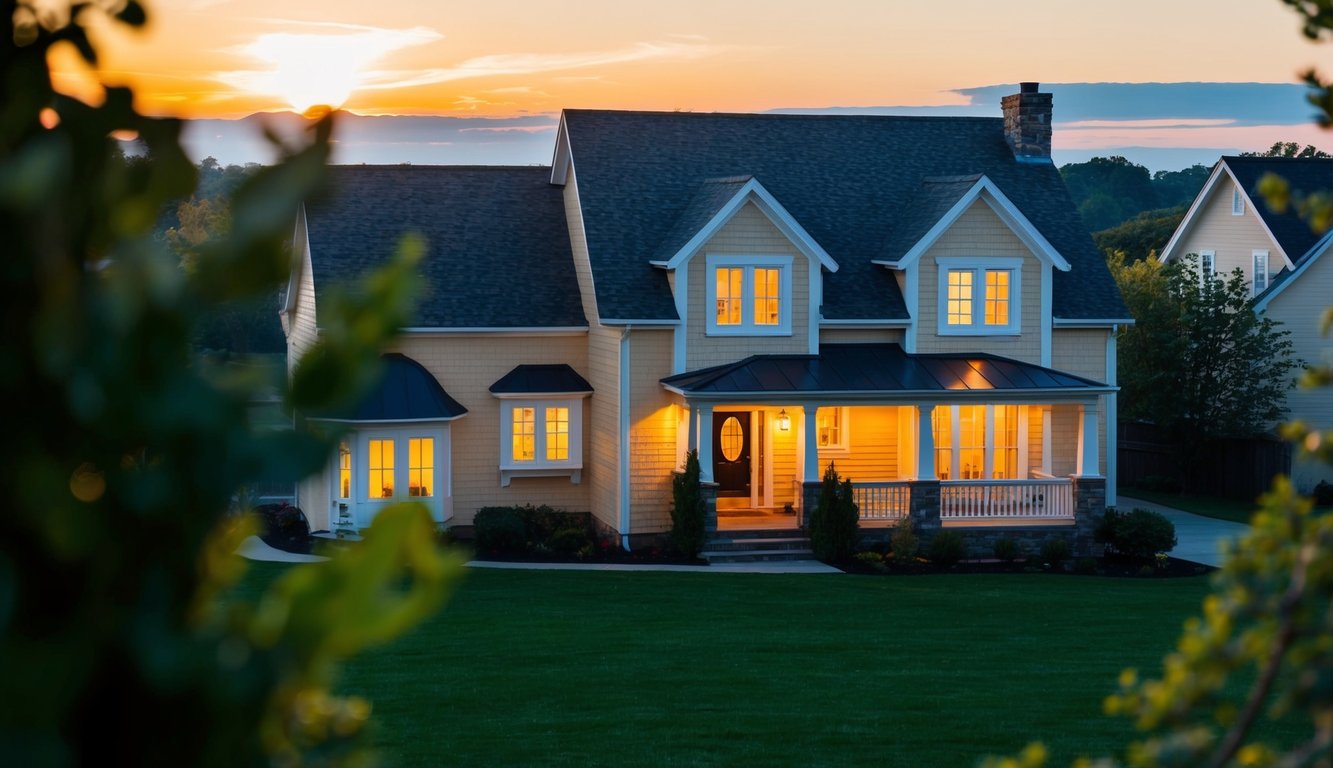
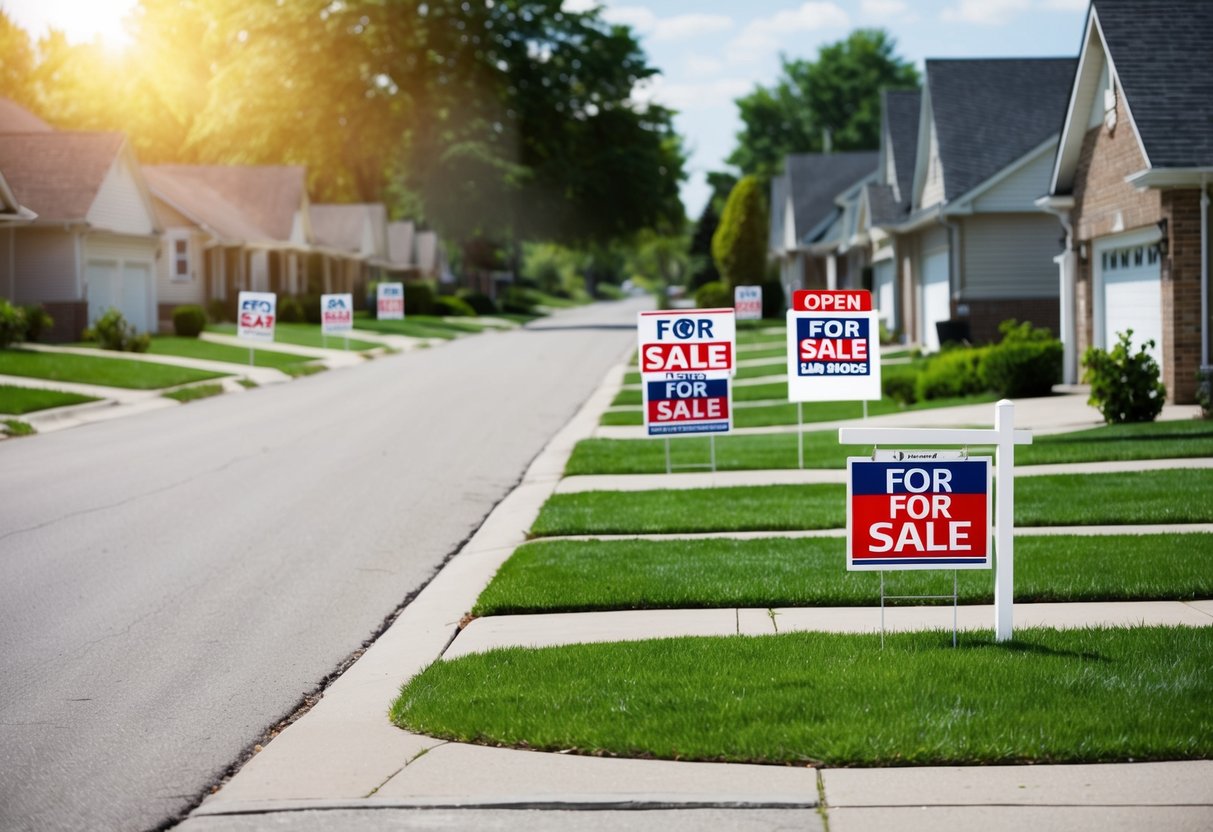







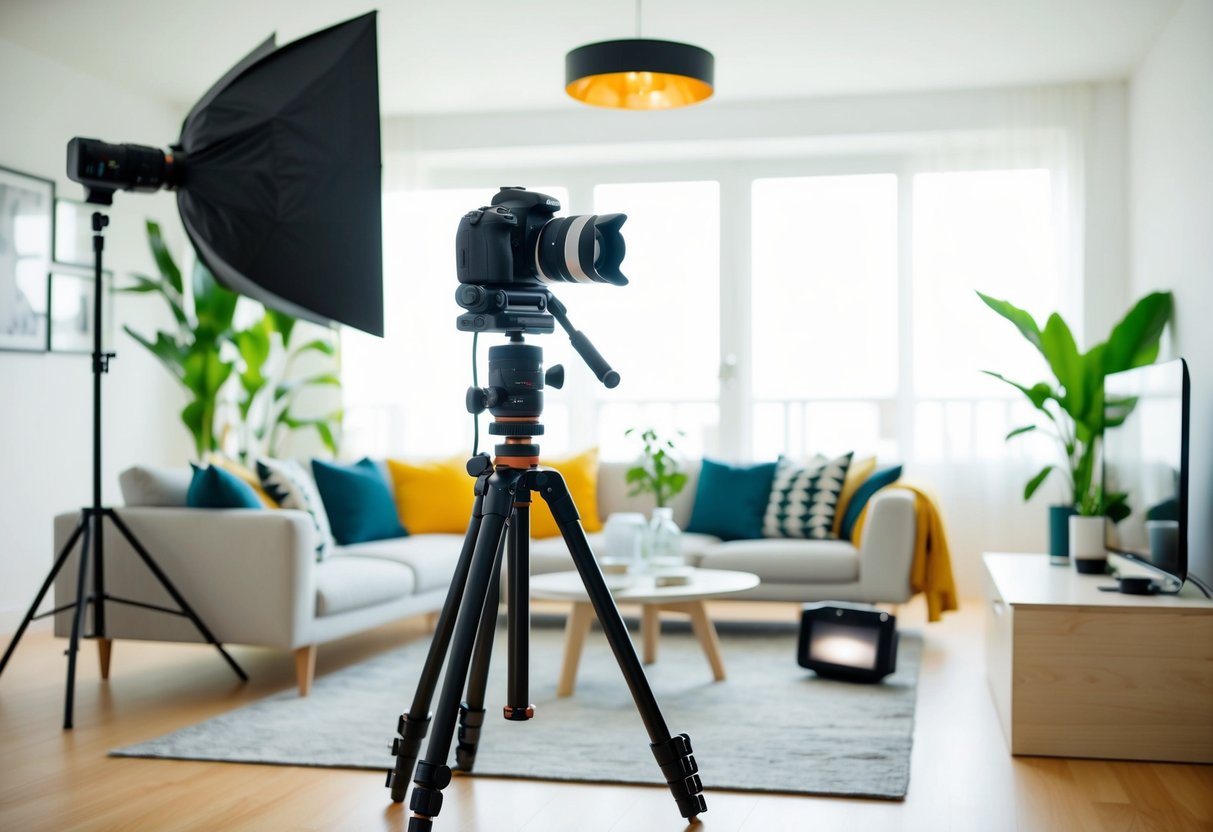





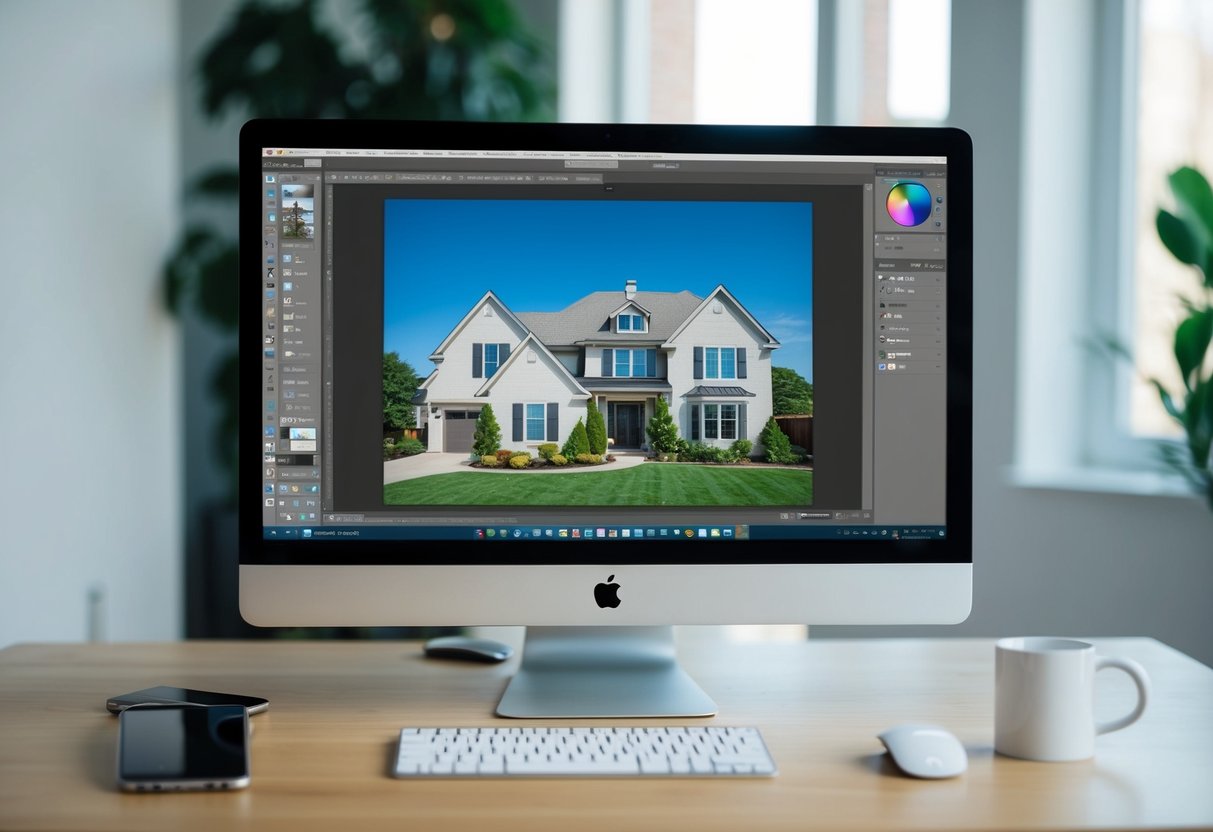



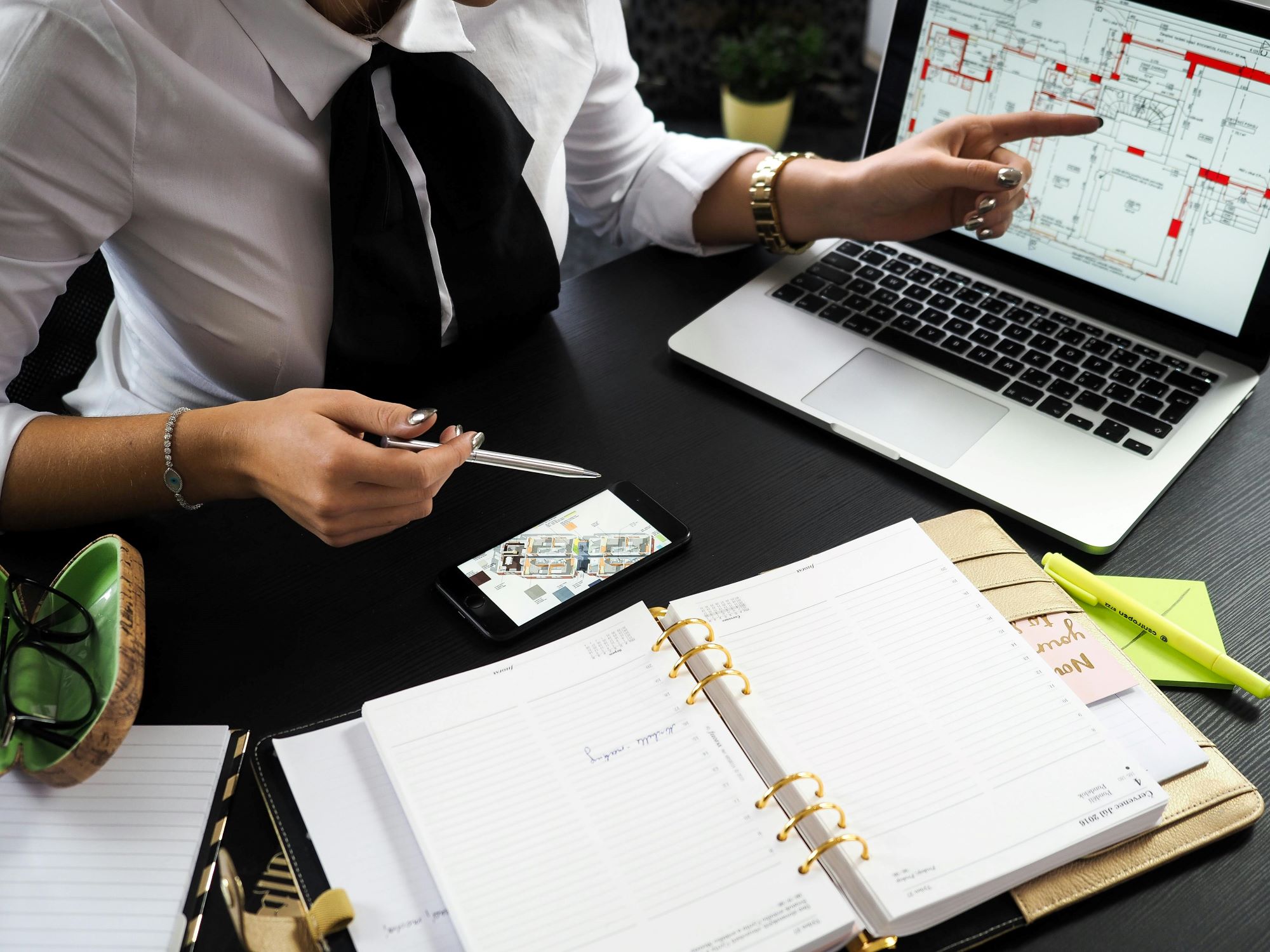
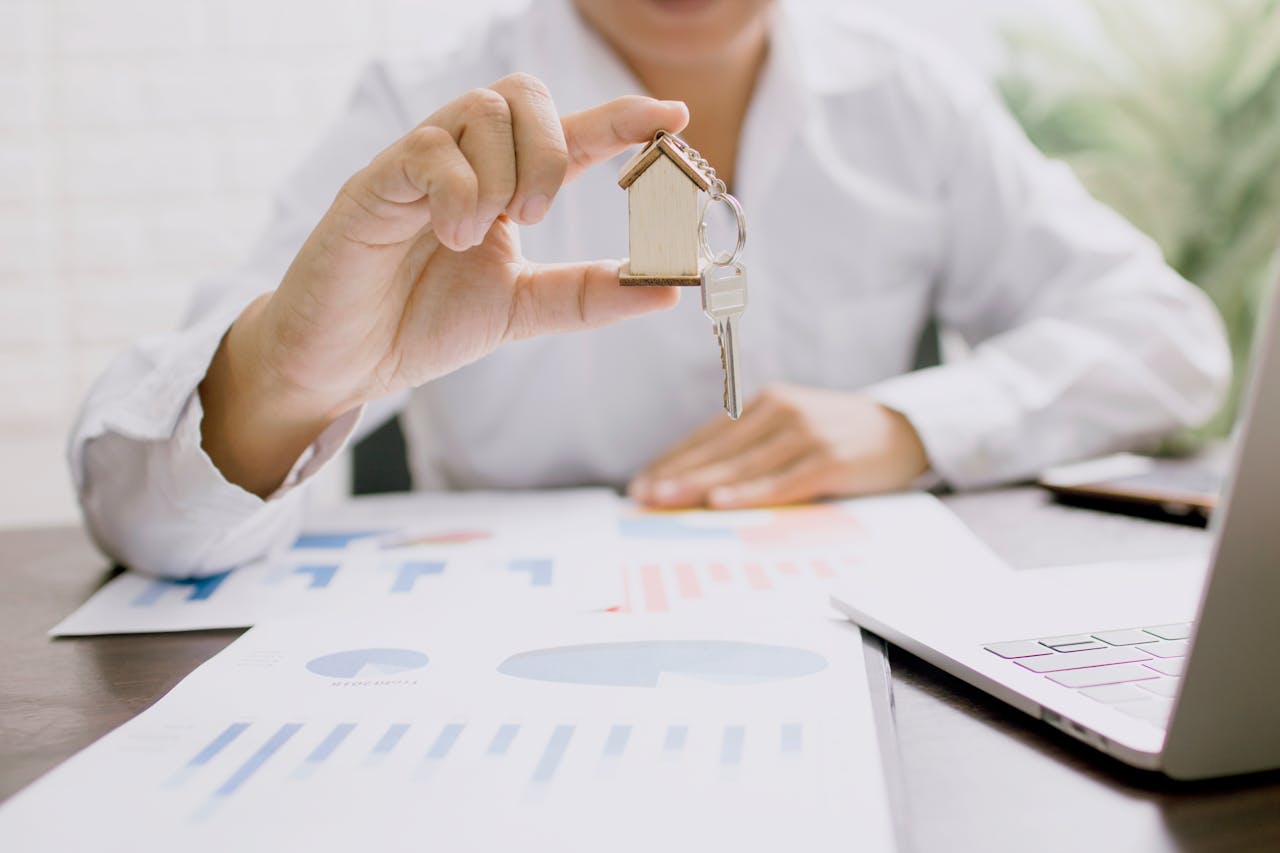


![Why Virtual Staging Saves Time and Money [Infographic]](https://blog.phixer.net/wp-content/uploads/2024/08/virtual-real-estate-staging-before-and-after-phixer.png)



